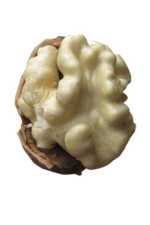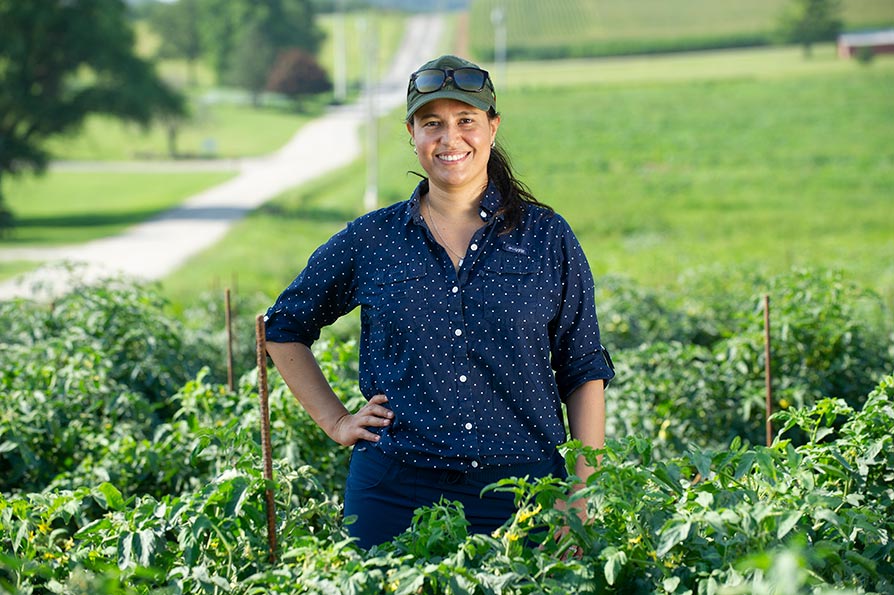New Walnut Varieties

Forde, Gillet, and Sexton are walnut varieties released from the University of California (UC) Walnut Breeding Program in 2004. They are growing in selection blocks, county and regional trials, and growers’ orchards, typically in small acreages. Below are updated observations and research results on the performance of these three varieties on trees ranging from four to 10 years old. Until researchers have more experience with these varieties, they recommend planting them only in smaller acreages.
Forde: This variety leafs out about 10 to 12 days before Chandler (about the same time as Vina and Tulare) but continues to harvest close to Chandler. In 2010 it was even later than Chandler in many locations. It consistently produces a very light, plump kernel with 56% yield and no tip shrivel. It has been a precocious yielder and has yielded as well as Chandler in most years except in 2010 when yields were only average. Lower yields were observed in a Stanislaus County trial where Forde yielded only two-thirds the crop of Gillet and Tulare over a three-year period. The hull loosens around the nut but often does not split widely, so nuts may stay in the canopy until shaken down. This could increase drying costs in years when more nuts have hulls and are wet when delivered to the dryer. Forde is a large, vigorous, upright tree with the nuts tending to be inside the canopy and protected from sunburn damage. In a Colusa County trial, heavily pruned, and to some extent even minimally pruned third leaf trees, produced limbs with excessive branching (witches broom). It appears that limbs should not be headed during the training stage on this variety.
Gillet: This variety also leafs out 10 to 12 days before Chandler but harvests in late September around Vina and Tulare and before Howard. Gillet has had excellent yields with nuts averaging 51% kernel, generally extra light and light color, little tip shrivel, and yields halve easily. Shell seals are a concern in young trees but were adequate in 2010. This variety is more suitable for cracking although nuts have been sold inshell. It is a very vigorous, large tree with a more open canopy allowing better light penetration. As with Forde, the nuts tend to be inside the canopy. Results so far in the Colusa County pruning trial suggest that either light heading (tipping) or even no heading of the scaffold limbs in the training stage may be adequate. Because of the earlier harvest, Gillet should be seriously considered for those with all the Chandlers and Howards they can handle.
Sexton: Sexton leafs out the same time as Forde and Gillet and harvests about 10 days before Chandler. It is a precocious variety and continues to have strong yields in most trials. It sets in large clusters so it may not size all the nuts. Kernel color has been good, averaging 80% light and extra light and nuts yield 51% to 53% kernel. Observations include some tip shrivel in the California State University-Chico trial and some oilless nuts in 2010 and brown adhering hull in 2011 in Sutter County. Nuts have round, smooth, and solid shells. It is a smaller tree with a densely branching growth habit that tends to form necked buds, narrowly forked branches, and it retains a significant number of residual dead fruiting spurs. It may require more pruning to form the structure and to prevent possible stunting from early over-cropping in a standard-spaced orchard. Sexton may be suitable for hedgerows where limited tree size is an advantage, limb structure is less critical, and heavy early yield is an objective. Its pollen shed overlaps the female bloom. It may exhibit second flowering, resulting in some small and late harvested nuts.
Pollenizers: Any of the standard early varieties (Payne, Ashley, Serr, or Vina) should be good pollenizers for Gillet. Howard or Tulare would be appropriate pollenizers for Forde and Sexton.
Walnut Blight Note: These varieties were originally selected and released based in part on observed low blight incidence during testing. Even though they leaf out 10 to 12 days before Chandler and we’ve had wet springs in 2010 and 2011, thus far blight has remained relatively low on these three varieties in northern California trials or orchards. Although the current observations are mostly positive, additional plantings and more experience are needed to confirm the level of blight resistance in these varieties.










